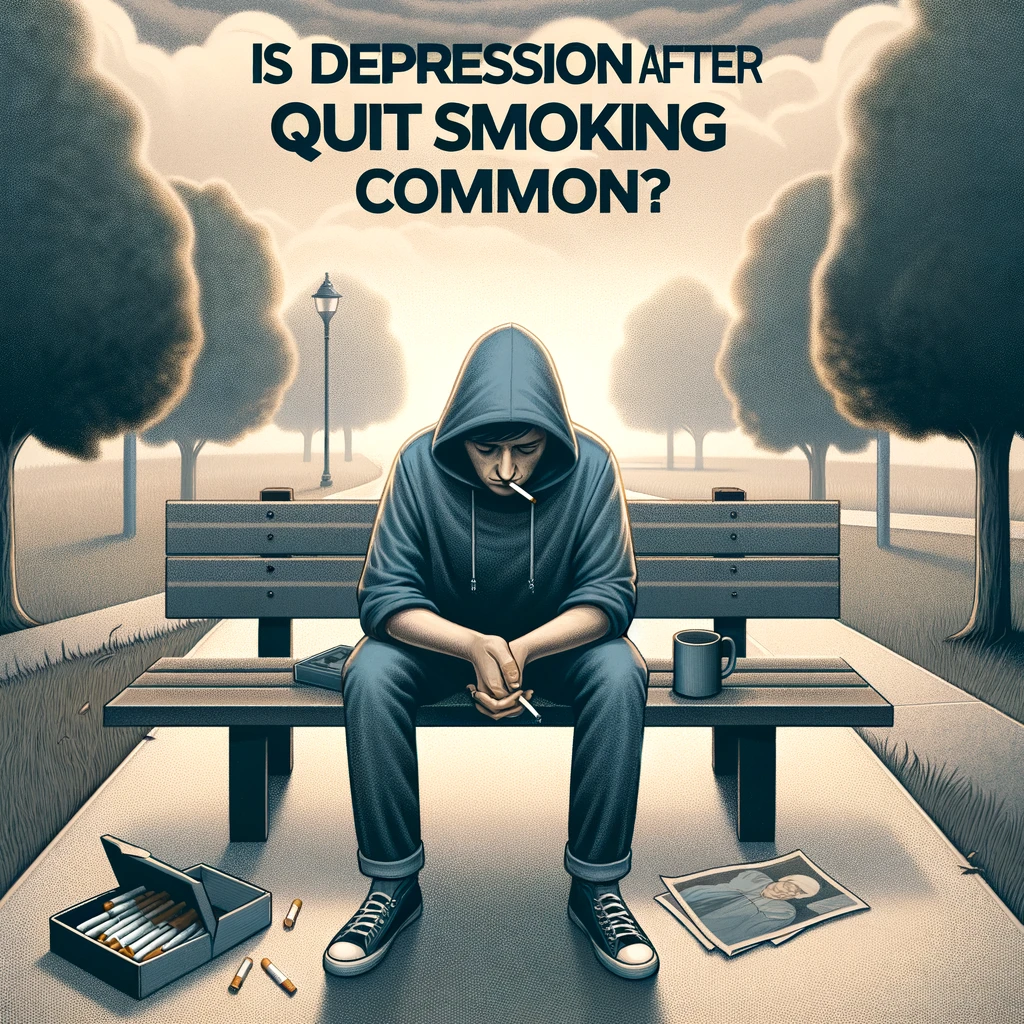“Real-World”
Nicotine Patch and Gum Rates
by John R. Polito, June 30, 2002
Nicotine Cessation Counselor
A review of a study entitled ” Real-world efficacy of prescription and over-the-counter nicotine replacement therapy ,” by Shiffman S, et. al., published May 2002 in Addiction, Issue 97(5) at Pages 505-516
Quitting in the real-world is a vastly different experience from involvement in some fancy university medical study that tries to determine the six month success rate for those quitting while using products like the nicotine patch or nicotine gum.
Quitters in university medical studies often receive some form of behavioral counseling (possibly group sessions), are given detailed instruction on quitting, receive free nicotine patches or nicotine gum, undergo selective participation screening, give detailed histories, are tested, make repeated visits to university medical centers, receive follow-up telephone calls, possible one-on-one counseling, are paid for participation in the study or receive expense reimbursement, and have expectations of being tested at future appointments to see if they cheated or relapsed.
In the “real-world”, the average uneducated, uncounseled, and unsupported abrupt nicotine cessation quitter simply picks a date, quits and receives an 11% chance of quitting for six months. In the “real world,” the gradual nicotine withdrawal quitter either buys an over-the-counter (OTC) nicotine product at the local store, or obtains a prescription (Rx) for a nicotine product from their doctor and heads for the nearest pharmacy.
The latest gradual nicotine withdrawal study to hit the street is the Shiffman (et al) ” Real-world ” nicotine patch and gum study that was published in the May, 2002, edition of Addiction, at pages 505 to 516. Shiffman attempted to make this study as close to real-world quitting conditions as possible by removing as many study influences as practical while still being able to verify and evaluate results. The study followed 2,367 OTC nicotine patch users and 2,981 OTC nicotine gum users. It also telephoned 269 Rx nicotine patch users and 155 Rx nicotine gum users six months after having had their prescription filled to see if they’d quit.
Those participating in the OTC portions of the study bought their nicotine delivery devices with money from their own pockets ($42 for 14 patches or $35 for 96 pieces of gum) in either a pharmacy or from a mock store display. Those participating in the six month portion of the prescription nicotine patch and gum studies had no idea that they would even be participating in a study until they were called after six months and offered $50 (U.S.) for a sample of their breath to verify their claim of having quit.
Although the OTC patch and gum purchasers received a product users guide and an audio tape with quitting tips, there were no other education, counseling or support components. As you review the below findings keep in mind that all historical data indicates that unassisted cold turkey quitters have an 11% chance of quitting for six months (the average of all June 2000, USDHHS Guideline Meta Tables for control groups).
In the Shiffman “Real-world” study, only 3% of those using the Rx nicotine patch and 9.2% of those using the OTC patch were not smoking at six months. In the nicotine gum groups, only 7.7% of the Rx gum group and 8.4% in the OTC gum group were not smoking at six months. Sadly, the average for the four groups was just 7%.
Prior to pharmaceutical companies labeling nicotine as medicine, calling it therapy, and marketing it as the newest magic cure, high quality abrupt nicotine cessation programs around the globe were achieving 30%, 40%, and in some cases even 50%, six month cessation rates. These programs imparted knowledge and developed skills while providing high quality counseling and support. Sadly, the credibility of vastly superior programs has been seriously undermined, eroded and in some cases destroyed, by slick pharmaceutical marketing campaigns that brainwashed quitters into believing that these inferior nicotine delivery devices were twice as effective as anything else available.
The patch rates obtained in this study are frighteningly consistent with the 24 week results produced in the 1998 Davidson OTC patch study (8.2%) and the 1999 Hays OTC patch study (7.7%). They’re consistent in each producing rates that are substantially less than a quitter’s own natural abilities.
A few interesting facts from the study. Of the 2,367 OTC patch participants:
1. The average age was 43.
2. The number of prior failed quit attempts was five.
3. Only 8% of quitters were first time quitters.
4. The average number of cigarettes smoked per day was 27.
5. The average number of years smoked was 24 years.
6. The number one reason given for wanting to quit was health.
7. Of the 2,367 OTC patch users in the study 2,150 relapsed within six months.
8. Of the 2,981 OTC gum users in the study 2,729 relapsed within six months.
9. If a nicotine patch purchaser ripped the patch off after only using it one day and then continued on and successfully quit on their own, this study appears to have given the nicotine patch full credit for their victory.
10. If a nicotine gum purchaser stopped chewing the gum after just one day, and went on to successfully quit on their own, this study appears to have given the nicotine gum full credit for their victory.
A quitter only musters the determination for one serious quitting attempt every three years. If the above statistics from this study are reflective of all smokers then smokers are averaging just one serious attempt every four years (this was their sixth attempt, on average, and the average smoker had smoked nicotine for 24 years). The OTC gum and patch portions of this NRT study squandered the dreams of 4,879 humans who were desperate to break nicotine’s powerful grip upon their life. With nicotine dependency claiming the lives of half of all long-term smokers, one-quarter in middle age (an average of 22.5 years early), how many of the 4,879 who relapsed have run out of quitting opportunities?
It seems to me that those conducting such large scale bare-bones studies have both legal and moral obligations to immediately follow-up and offer all involved who relapsed a free nicotine cessation program of the highest caliber possible. These are not rats, mice or statistics, they’re human beings! Those administering this study are fully aware that quality programs offering education, skills development, counseling and support (both short and long term) are available and consistently achieving 40% six months cessation rates. To do otherwise is to watch science deprive 31% or 1,512 members of the OTC gum and patch groups of their right to freedom. This is not some game!
I, John R. Polito, am 100% solely responsible for the content of this article and assume full responsibility for its internet publication. It had not been reviewed by any other person prior its internet publication on June 30, 2002, nor had any other person had any input upon its content. The views expressed here are my own, in my individual capacity, as a concerned nicotine cessation and control advocate. A link to the above review was emailed to Dr. Shiffman on June 30, 2002, together with a request that he try to help the 4,879 who relapsed in the OTC patch and gum arms of the study.
John R. Polito
Nicotine Cessation Counselor
709 Black Oak Blvd.
Summerville, SC 29485
john@whyquit.com
06/30/2002
Get a personal consultation.
Feel free to contact us nearest to your location







